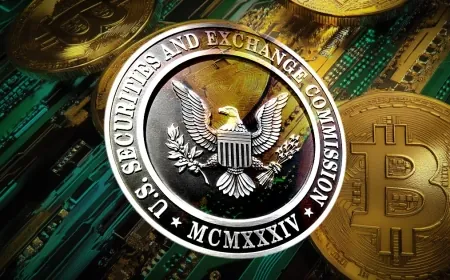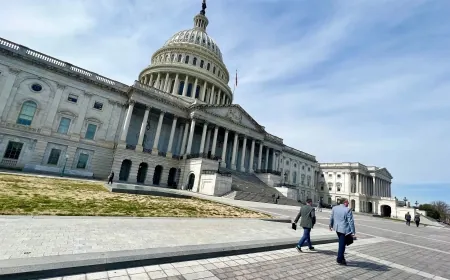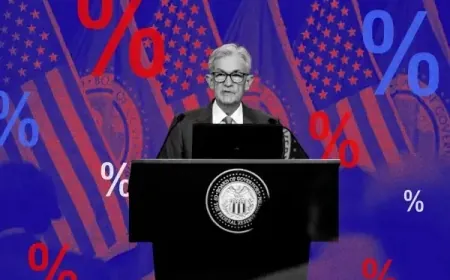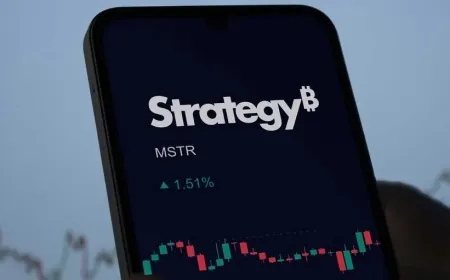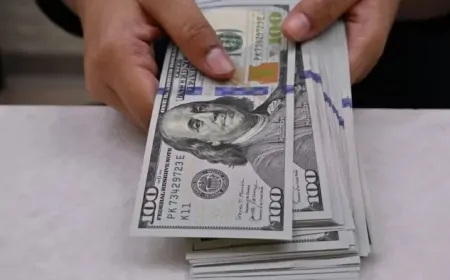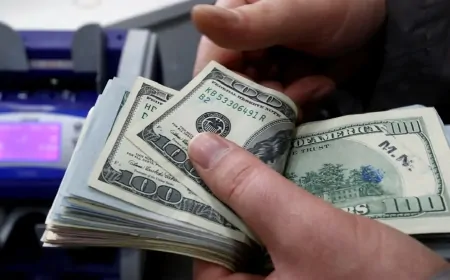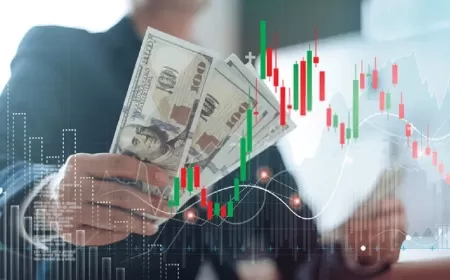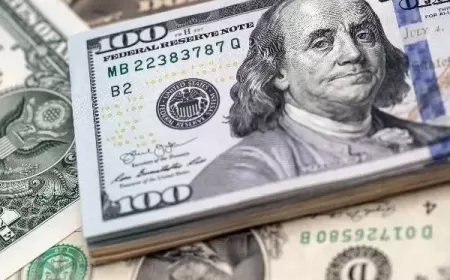Bitcoin Nears $130K as U.S. Demand Surges, Coinbase Premium Turns Positive
Coinbase premium flips positive as U.S. institutions load up on Bitcoin—analysts say $130K target possible if Fed cuts rates in September.

Bitcoin closed July nearly 7% off its all-time high, slipping to the $114,000 range as more than $9 billion exited the crypto market. But as August begins, analysts are pointing to renewed buying activity out of the U.S.—a shift most visible in the widening Coinbase Premium, which suggests that institutional capital may be returning despite recent volatility.
A close reading of one particular market signal—the Coinbase Premium—suggests that the tide may be turning once again. The metric, which tracks price differences between U.S.-based Coinbase Pro and other global exchanges, has flipped positive. It’s a subtle shift, but one that has historically indicated growing interest from high-volume American buyers—and has often preceded major upward movements in Bitcoin’s price.
Coinbase Trading Above Global Markets
On paper, the Coinbase Premium might seem like a niche metric, but to professionals who track crypto markets daily, it’s a vital indicator of where the real money is moving.
When Bitcoin trades at a higher price on Coinbase than on exchanges like Binance, it typically reflects strong U.S. demand—often from institutions constrained by jurisdiction or preference. The shift into positive territory means American investors are stepping in at current prices, even with recent market volatility.
"It’s not just retail buying the dip," said one veteran crypto trader who monitors OTC flows in New York. "This kind of premium doesn’t appear unless large buy orders are hitting the books."
After $9B Selloff, On-Chain Data Points to U.S. Accumulation
The backdrop to this resurgence is complex but increasingly bullish.
After a July sell-off driven by macro uncertainty—including escalating tensions in Eastern Europe and signs of global manufacturing slowdowns—Bitcoin’s fall to the $114,000 range briefly rattled sentiment. Yet rather than trigger a prolonged correction, the decline appears to have reawakened institutional interest.
"We’re seeing accumulation patterns reemerge, particularly in U.S.-based wallets associated with custodial services," noted a strategist at Galaxy Digital. “That often points to asset managers or corporate treasuries moving in quietly.”
It’s not just anecdotal. On-chain analytics from several blockchain data firms confirm a steady uptick in long-term holders increasing their BTC positions, particularly through Coinbase accounts. That trend, coupled with the premium spread, could indicate growing conviction that Bitcoin’s next leg upward is forming—quietly, but forcefully.
Target: $130,000—and Maybe Higher
The psychological threshold of $130,000 is quickly becoming a talking point among analysts, many of whom have revised their year-end targets upward.
TeraHash, a firm specializing in yield-generating Bitcoin strategies, recently published a forecast suggesting Bitcoin could trade in a range between $130,000 and $150,000 before the end of 2025, citing ETF inflows and a supportive macro environment.
That optimism is tempered by realism. "This is still a headline-driven market," one TeraHash analyst admitted. "Rate policy, geopolitical risk, and ETF fund flows are all part of the equation. But the floor keeps rising—and that’s the real story."
CME Data Shows 88% Odds of September Rate Cut
Much of the crypto market’s near-term direction hinges on the Federal Reserve's next policy decision. After holding rates steady through most of 2025, there are increasing expectations that a rate cut may be imminent. As of this week, CME’s FedWatch tool puts the probability of a September rate cut at 88%.
For Bitcoin, a rate cut could act as a major catalyst. Historically, lower rates weaken the dollar and lower yields on traditional savings vehicles, which pushes capital into higher-risk, higher-return assets—like crypto.
James Butterfill, research head at CoinShares, believes the Fed is running out of options.
“They’ve boxed themselves in,” Butterfill said. “With consumer inflation cooling and job growth slowing, their hand is being forced. Whether it’s September or December, a cut is coming—and markets will move ahead of it.”
Bitcoin as Macro Hedge Is Back in Play
Beyond rate policy, there’s another growing narrative behind Bitcoin’s renewed appeal: its use as a hedge.
Geopolitical tensions in Eastern Europe, rising debt ceilings in developed nations, and signs of slowing GDP growth in China are reviving Bitcoin’s reputation as a store of value that operates outside of traditional financial systems.
While skeptics continue to question Bitcoin’s correlation with risk assets like tech stocks, there’s increasing evidence that sophisticated investors are again treating Bitcoin as a portfolio diversifier, especially as gold's performance remains tepid and inflation expectations fluctuate.
"Bitcoin is starting to behave more like a strategic asset class and less like a speculative play," said a former hedge fund manager now running a digital asset desk in Chicago. "And institutions are starting to price it that way."
Not Everyone Is Convinced—Yet
Still, the market hasn’t shrugged off caution entirely. Bitcoin is currently trading around $114,747, a modest rebound from last week’s low, but still shy of its July 14 peak of $122,838.
Some analysts expect the price to consolidate in the near term unless a major catalyst emerges.
A report from Bitfinex suggests Bitcoin could remain range-bound between $114,000 and $116,000 for the next several weeks, barring any major macro developments or ETF-related news.
"There’s a tug of war happening," said the report. "You’ve got whales and institutions buying, but the retail segment is hesitant after the recent drawdown. That tension usually precedes a breakout—but timing it is the hard part."
Ethereum Posts 3.1% Daily Gain as BTC Steadies Above $114K
Bitcoin may be the bellwether, but the rest of the crypto market is showing signs of life too. Ethereum gained 3.1% in the past 24 hours, now trading at $3,671. That move, while smaller in dollar terms, is notable given Ethereum’s recent quiet spell.
"Ethereum has lagged behind Bitcoin this cycle," noted a DeFi analyst. "But the fundamentals remain strong, especially with staking rates improving and Layer 2 scaling solutions gaining traction."
Smaller-cap altcoins, meanwhile, remain volatile, with many still trading well below their spring highs. But if Bitcoin regains momentum, the entire sector could see a late-summer surge.
Spot Bitcoin ETFs Quietly Accumulate
One underreported element behind the current price support is the persistent inflow into spot Bitcoin ETFs. These vehicles, once criticized for being years behind schedule, have become a gateway for traditional investors looking to access Bitcoin without managing wallets or cold storage.
Recent SEC filings show that several ETFs added to their Bitcoin holdings during the July dip, a sign that institutional interest hasn’t wavered.
"These ETFs are the quiet accumulators," said a portfolio manager at an asset firm with ETF exposure. "They're not traders. They're allocating. And that makes a difference."
Momentum Builds, But Eyes Stay on the Fed
The return of the Coinbase premium—backed by growing institutional interest—offers more than just a technical signal. It suggests that U.S. investors are beginning to lean back into Bitcoin, not with speculative urgency, but with strategic accumulation ahead of a likely policy shift from the Federal Reserve.
That pivot, expected as early as September, could recalibrate risk across financial markets. For Bitcoin, it could mark the next stage in a longer-term revaluation, driven not by hype cycles but by macro fundamentals.
But the road to $130,000 remains uncertain. Volatility is still a feature, not a bug. Regulatory scrutiny hasn’t gone away. And any disruption in ETF flows or Fed policy could trigger short-term reversals.
Still, for now, the signals coming out of the U.S.—quiet buying, ETF inflows, a rising premium—are pointing in one direction. The bulls aren’t back in full force just yet, but they’re no longer on the sidelines.
Also Read: Crypto Firm Bullish Files $629M NYSE IPO Following GENIUS Act Approval













